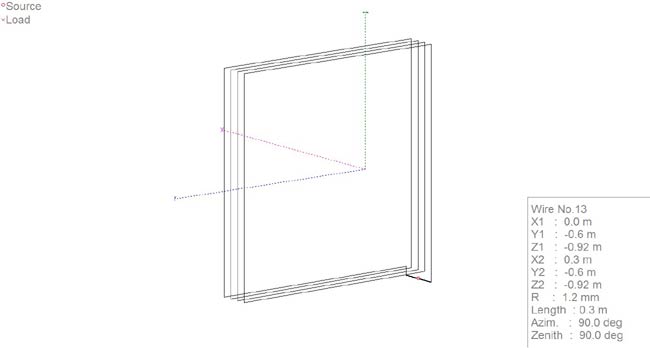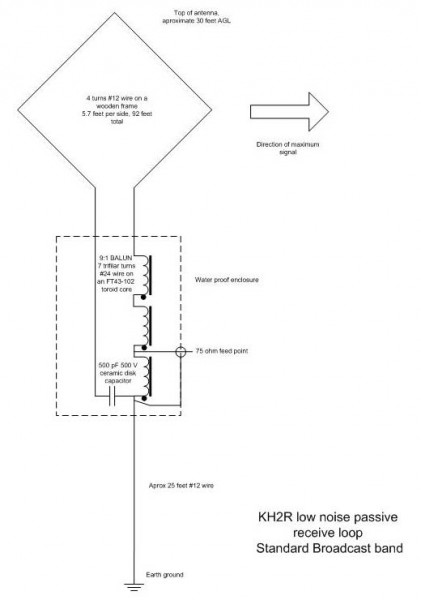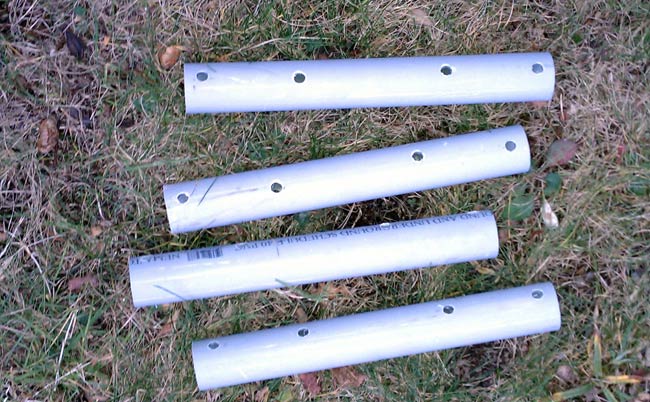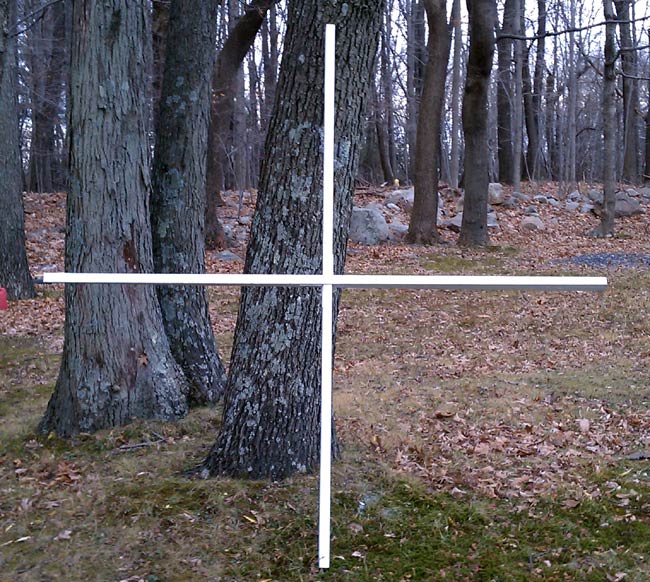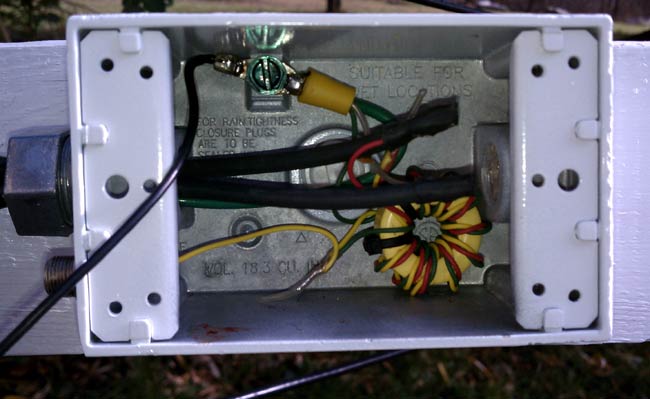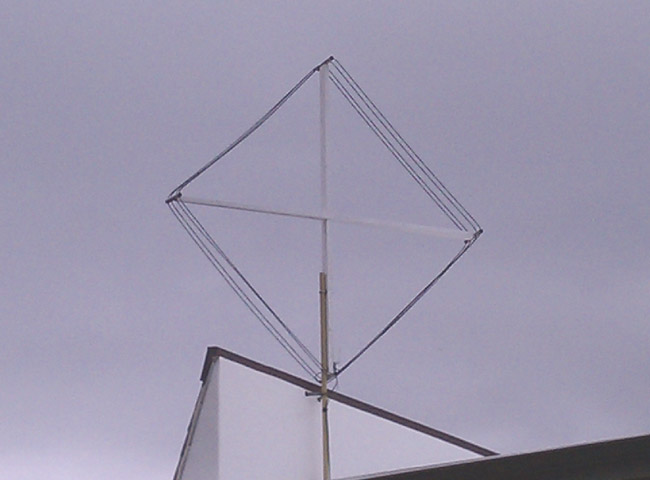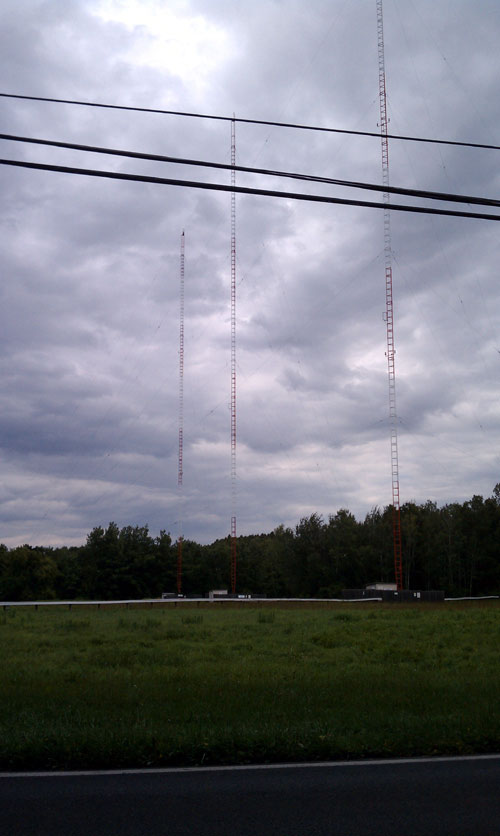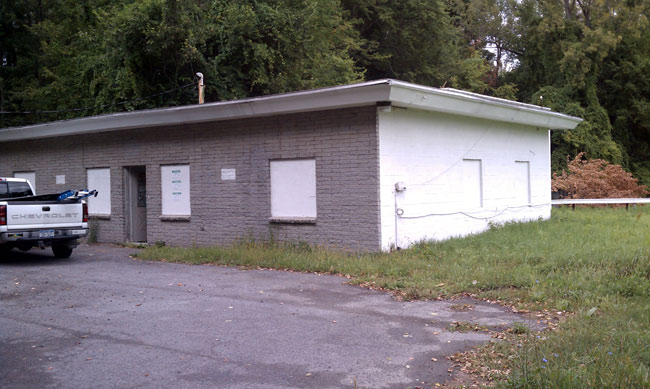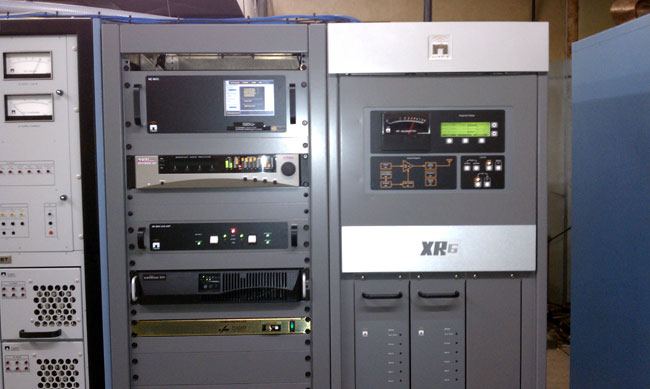Another one of those things that might work could possibly provide some service to travelers, but often falls short. Very similar to EAS, the government officials nominally in charge of the system have no idea of broadcasting. The Rhode Island TIS on I-95 had an endless loop proclaiming “This is the Rhode Island Department of Transportation Travelers Information System.” While that was welcome information, in a snowstorm, something about road conditions or perhaps the weather forecast might have been more appreciated. According to the FCC website, that was WPTJ441 on 1630 KHz with a power of 10 watts. The transmitter is located at the I-95 rest area on the Rhode Island/Connecticut state border.
The FCC is seeking comments on the current TIS in NPRM 10-203:
We solicit comment on whether to modify the existing rules governing the licensing and operation of Travelers’ Information Stations (TIS) to expand the scope of permitted operations. Since the inception of TIS in 1977, the Commission has authorized TIS operations to permit Public Safety Pool eligible entities to transmit noncommercial travel-related information to motorists on a localized basis. However, certain parties and licensees have sought to expand the scope of TIS operations in order to transmit more general alerts and public safety-related information to the public, including non-motorists. By initiating this proceeding, we grant petitions for rulemaking filed by Highway Information Systems, Inc. (HIS) and the American Associations of State Highway and Transportation Officials (AASHTO) requesting the commencement of a proceeding to amend the TIS rules. We deny the petition for declaratory ruling regarding TIS filed by the American Association of Information Radio Operators (AAIRO), but incorporate the issues raised in AAIRO’s petition into this rulemaking proceeding
The TIS as specified in the 1977 RO docket 20509 FCC 77-414 is outdated for the most part. The current rules, 47 CFR 90.242 give pretty specific requirements including things TIS stations are not allowed to retransmit, like NOAA weather forecasts. In one section of the NPRM, it is noted with the currently specified facilities, the average vehicle traveling the speed limit will transit the TIS coverage area in 90 to 120 seconds. For the above station, I found it was listenable for about 5 minutes, from the time I saw the sign next to the transmitter until it faded out, which works out to be about five and a half miles.
One alternate possibility is something like a carrier current station or a leaky coax setup buried in the median. Something like that might have more reliable coverage along the highway without blanketing the general area with a broadcast signal.
Again, in Rhode Island, drivers have the option of calling 511 on their cellphone, provided it is a hands-free cellphone. My only comment about that is when there is a major traffic jam and everyone is dialing 511 to get information, the cellular network will get congested quickly. Having a broadcast outlet for people to listen to on their car radios would be a more effective way to transmit information to the masses. As to what information a driver might want; here are a few suggestions:
- Up-to-date traffic information including alternate routing instructions in case of a major tie-up.
- Up-to-date weather information including roadway surface conditions and possible lodging locations
- Up-to-date construction project information including alternate routing instructions for both car and truck traffic
- When there are no traveling issues, other general information about rest stops, hospitals, tourist attractions, etc.
The most important thing is the information is up to date and relevant to a traveler.

